Suspension Systems
A suspension system in a vehicle is a mechanism that connects the vehicle to its wheels and allows relative motion between the two. It provides a comfortable ride by absorbing shocks and vibrations from the road surface. The suspension system also helps in maintaining the stability and control of the vehicle.
Key Components of a Suspension System
- 1. Springs: These are the primary components that support the weight of the vehicle and absorb shocks from the road.
- 2. Shock Absorbers: Also known as dampers, these help in controlling the oscillations of the springs and provide a smoother ride.
- 3. Struts: In some vehicles, struts are used instead of separate springs and shock absorbers. Struts perform the functions of both springs and shock absorbers.
- 4. Control Arms: These are used in the suspension system to connect the wheel hubs to the chassis of the vehicle, allowing for up-and-down movement of the wheels.
- 5. Sway Bars: Sway bars, also known as stabilizer bars, help in reducing the body roll of the vehicle during cornering.
Types of Suspension Systems
There are several types of suspension systems used in vehicles, including:
- Independent Suspension: Each wheel is attached to the vehicle's body separately, allowing for independent movement.
- Dependent Suspension: The movement of one wheel is dependent on the movement of the other wheel on the same axle.
- MacPherson Strut Suspension: This type of suspension uses a single, telescopic shock absorber and a coil spring to provide structural support for the vehicle.
- Double Wishbone Suspension: Also known as A-arm suspension, this system uses two wishbone-shaped arms to locate the wheel. It offers precise control over the wheel's motion.
Study Guide
To understand suspension systems better, it's essential to study the following concepts:
- Define the purpose of a suspension system in a vehicle.
- Explain the role of springs in a suspension system and how they contribute to ride comfort.
- Describe the function of shock absorbers in a suspension system and how they differ from springs.
- Discuss the importance of control arms in connecting the wheel hubs to the chassis of the vehicle.
- Compare and contrast independent and dependent suspension systems, highlighting their advantages and disadvantages.
- Examine the differences between MacPherson strut and double wishbone suspension systems, and their applications in different types of vehicles.
Understanding the principles and components of suspension systems is crucial for anyone interested in automotive engineering, vehicle dynamics, or simply for those who want to learn more about how their vehicles work.
.◂Science Worksheets and Study Guides Fourth Grade. Rocks and minerals
Study Guide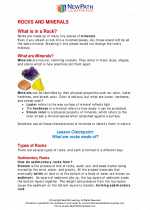 Rocks and minerals
Rocks and minerals  Activity Lesson
Activity Lesson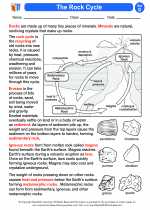 The Rock Cycle
The Rock Cycle  Worksheet/Answer key
Worksheet/Answer key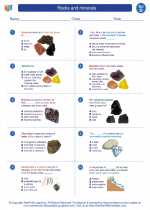 Rocks and minerals
Rocks and minerals  Worksheet/Answer key
Worksheet/Answer key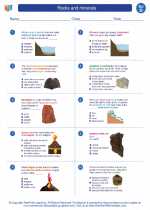 Rocks and minerals
Rocks and minerals  Worksheet/Answer key
Worksheet/Answer key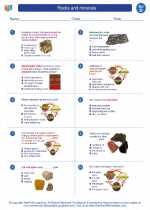 Rocks and minerals
Rocks and minerals  Worksheet/Answer key
Worksheet/Answer key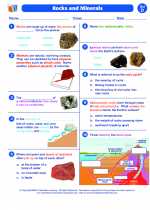 Rocks and Minerals
Rocks and Minerals  Vocabulary/Answer key
Vocabulary/Answer key Rocks and minerals
Rocks and minerals  Vocabulary/Answer key
Vocabulary/Answer key Rocks and minerals
Rocks and minerals  Vocabulary/Answer key
Vocabulary/Answer key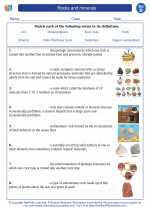 Rocks and minerals
Rocks and minerals  Vocabulary/Answer key
Vocabulary/Answer key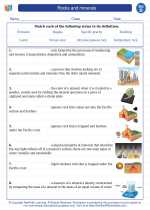 Rocks and minerals
Rocks and minerals 

 Activity Lesson
Activity Lesson
 Worksheet/Answer key
Worksheet/Answer key
 Worksheet/Answer key
Worksheet/Answer key
 Worksheet/Answer key
Worksheet/Answer key
 Worksheet/Answer key
Worksheet/Answer key
 Vocabulary/Answer key
Vocabulary/Answer key
 Vocabulary/Answer key
Vocabulary/Answer key
 Vocabulary/Answer key
Vocabulary/Answer key
 Vocabulary/Answer key
Vocabulary/Answer key

The resources above cover the following skills:
Concepts of Earth Science (SD1, SD2, SD3, SD4)
The student demonstrates an understanding of geochemical cycles by describing that most smaller rocks come from the breaking and weathering of larger rocks as part of the rock cycle.
The student demonstrates an understanding of geochemical cycles by recognizing the physical properties of water as they relate to the rock cycle.